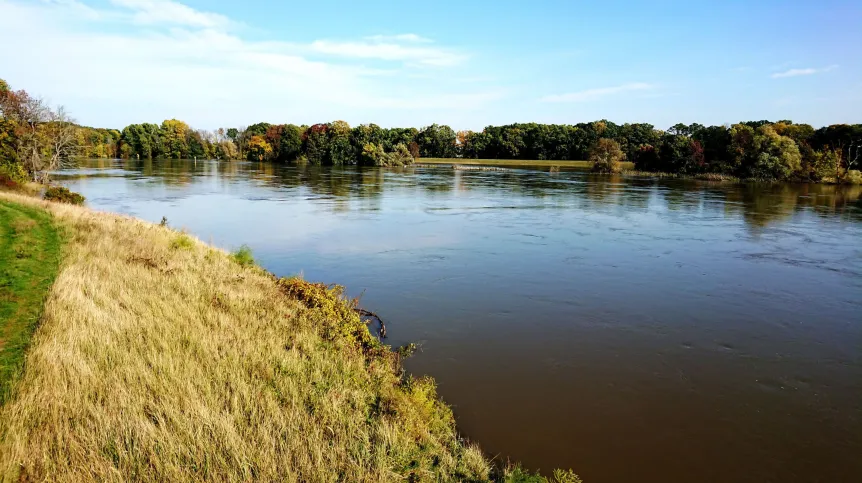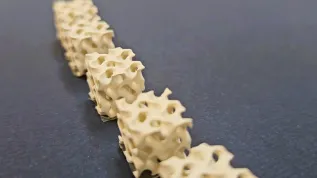
Active substances derived from pharmaceuticals are present in rivers and pose a risk to the environment and human health, according to a study carried out in 70 places at the funnel-shaped estuary of the Oder.
Some pharmaceuticals accumulate in the bottom sediments of rivers and lakes, where they biodegrade very slowly. Their concentrations increase over time, threatening many living organisms. They affect humans and animals even in low concentrations, warn scientists from the Polish Geological Institute - National Research Institute, the Faculty of Pharmacy of the Medical University of Warsaw and the Institute of Marine and Environmental Sciences of the University of Szczecin.
Przemysław Drzewicz from the Polish Geological Institute explains that active substances of drugs are not completely metabolised in the body. They are excreted and enter the sewage system, but they are not completely removed by sewage treatment plants. Ultimately, they end up in the aquatic environment.
Farms can also be a source of pharmaceuticals. The use of slurry and manure as natural fertilizers causes the release of many veterinary drugs into surface and ground waters.
Pharmaceuticals can be leached from sediment back into surface water. According to scientists, the active substances of drugs can get into drinking water, because more than 80 percent of the waterworks in Poland draw water from rivers.
'Despite advanced treatment processes such as ozonation, activated carbon sorption, trace concentrations of pharmaceuticals have been found in tap water in many European cities', the scientists note in their publication.
The results of research on the presence of pharmaceuticals in bottom sediments collected from the Odra estuary have been published in the journal Science and Total Environment (https://doi.org/10.1016/j.scitotenv.2022.154446). The first author of the paper is Dawid Kucharski from the Medical University of Warsaw, the co-authors are: Grzegorz Nałęcz-Jawecki, Przemysław Drzewicz, Artur Skowronek, Kamila Mianowicz, Agnieszka Strzelecka and Joanna Giebułtowicz.
The researchers collected sediments from 70 different sites and tested them for 130 types of active substances of drugs. The highest concentrations of pharmaceuticals were detected near points where treated wastewater was discharged into the river.
Increased concentrations of these substances were also detected in the Szczecin Lagoon. In the opinion of the research team, this may be the result of migration of these compounds or, more likely, the infiltration of untreated household wastewater.
To reduce the release of these substances into the environment, scientists propose to ferment slurry and manure in biogas plants. They point out that if municipal wastewater treatment plants applied (expensive) ozonation or UV photolysis in the presence of H2O2, the emission of pharmaceuticals to surface waters would be significantly reduced.
Polish scientists emphasise that such detailed research on the residues of drug active substances has not been conducted in Europe. According to the researchers, detected new substances should be carefully monitored, because they pose a risk to the environment and human health.
PAP - Science in Poland
kol/ ekr/ kap/
tr. RL













